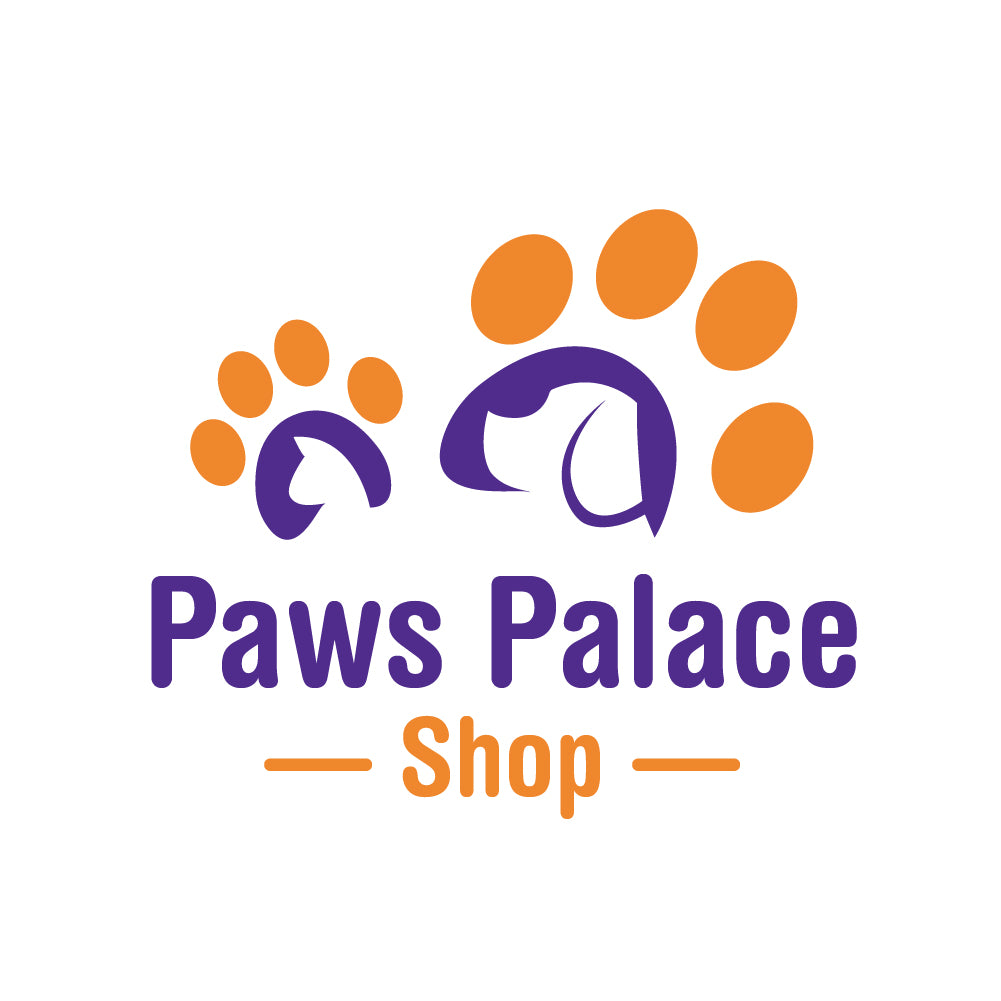The Ultimate Guide to a Healthy Pet Diet: Tips, Tricks, and How-To's
Introduction
Every pet owner dreams of a long, joyful life for their furry companions. The foundation of achieving this dream? A healthy pet diet. This comprehensive guide delves into the science and art of ensuring your pets get the nutrition they need to thrive.
Insert an engaging image of a diverse group of healthy pets.
Understanding Pet Nutrition
A healthy pet diet is essential for maintaining your pet's health. It should include a balanced mix of proteins, fats, carbohydrates, vitamins, and minerals, each playing a vital role in their overall well-being.
Statistics Table: Recommended Daily Nutritional Requirements for Pets
This table could show the average percentages of proteins, fats, and carbohydrates recommended for dogs and cats, according to veterinary nutrition guidelines.
Insert image: Infographic illustrating pet nutritional needs, like a pie chart showing the ideal balance of nutrients.
The Art of Reading Pet Food Labels
Choosing the right food is pivotal for a healthy pet diet. This section teaches pet owners how to decode pet food labels, emphasizing the importance of protein quality and the avoidance of unnecessary fillers.
Insert an example image of a pet food label, possibly with annotations highlighting important aspects to consider.
Homemade vs. Store-Bought Pet Foods
Whether homemade or store-bought, the right choice varies for every pet and depends on the owner's lifestyle and the pet's health needs. Both options can contribute to a healthy pet diet when chosen carefully.
Table: Comparing Homemade and Store-Bought Pet Foods
Factors like nutritional balance, convenience, cost, and safety could be compared.
Insert image: A split-view photo showing a bowl of homemade pet food on one side and commercial pet food on the other.
Hydration: The Overlooked Nutrient
Water, often overlooked, is crucial for a healthy pet diet, aiding in digestion and nutrient absorption. Ensure your pet always has access to fresh water, especially with dry food diets.
Statistics: The Importance of Water
Mention how much water pets require based on their size and the type of diet they follow.
Insert image: A pet drinking water from a bowl, showcasing the importance of hydration.
Special Dietary Needs
Pets with health conditions might need special diets, a critical component of managing their health and ensuring they maintain a healthy pet diet.
Avoiding Common Dietary Mistakes
Overfeeding and the improper balance of treats can detract from a healthy pet diet. This section emphasizes the do's and don'ts of feeding practices.
Insert image: A "do's and don'ts" list or infographic showing proper feeding practices.
The Role of Exercise
Exercise is a companion to diet in maintaining pet health. Regular physical activity is essential, complementing a healthy pet diet to keep pets in the best possible shape.
Insert image: Pets engaging in various forms of exercise, like a dog on a walk, a cat playing with a toy, and a rabbit exploring its environment.
Conclusion
Committing to a healthy pet diet and regular veterinary check-ups is a powerful way to show love for your pets, ensuring they live long, happy lives.
